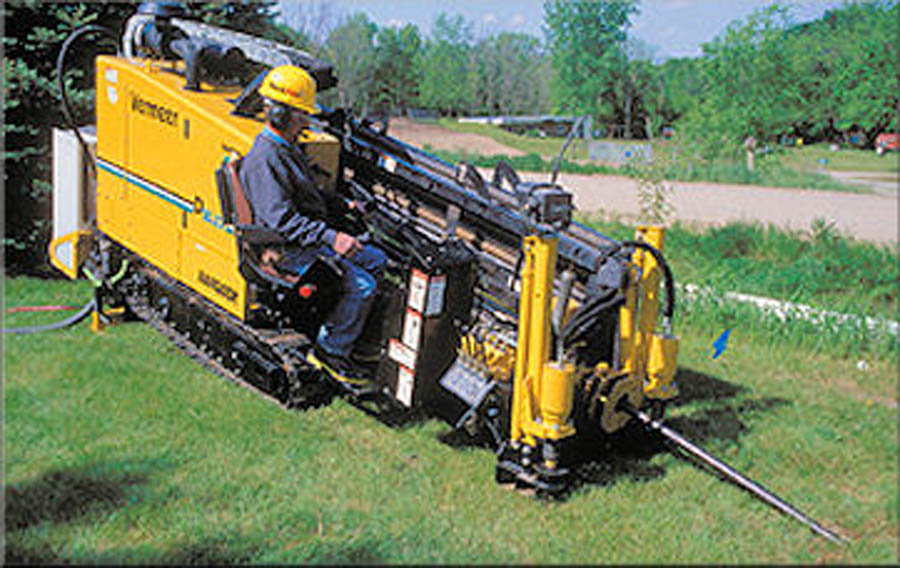Directional bore drilling has changed the manner we navigate the underground environment, enabling engineers and geologists to access resources and place utilities with remarkable precision. This innovative technique allows for drilling not only in a vertical manner but also sideways, thus considerably enhancing the productivity of operations in diverse industries. As cities grow and the demand for energy and utilities increases, grasping the complexities of directional drilling becomes essential for professionals and novices alike.
In this study of directional drilling, we will delve into its history, the technologies that support it, and the various applications that demonstrate its importance in fields such as petroleum, clean energy, and urban construction. From reducing surface disruption to overcoming the obstacles of tough terrains, directional drilling is at the forefront of modern engineering solutions. Whether you are looking to learn the basics or seeking understanding into future innovations and progress, this guide will provide a thorough summary of what makes directional drilling a cornerstone of contemporary construction projects.
### Comprehending Angular Boring
Directional drilling represents a technique that allows drillers to access hydrocarbons and other materials located beneath the earth's surface while minimizing environmental footprint. Different from conventional straight boring, orientation drilling allows operators to form slanted holes that can reach multiple targets from a solitary point. Such method not just optimizes resource harvesting but also lessens the total surface locations necessary for drilling activities, making it especially beneficial in city and sensitive areas .
The operation initiates with careful planning , in which professionals identify the ideal drilling route influenced by geological data and operational criteria. Angular boring uses sophisticated tech, including specific drilling tools and real-time monitoring systems , to provide exactness and efficiency . This ability is essential in maneuvering through intricate subsurface structures and preventing obstacles , including pre-existing services or environmentally sensitive sites .
With the evolution of the sector continues to advance , orientation drilling is now an integral part of various industries , such as petroleum and natural gas services , and clean energy . This flexibility permits application in uses extending from subaqueous installations to the creation of geothermal energy projects . The ongoing progress in tech, in tandem with rising sustainability efforts, keep pushing the limits of what is possible with directional drilling , positioning it as a vital practice for modern infrastructure development .
Advantages of Horizontal Boring
Directional drilling offers numerous benefits over traditional drilling methods, primarily due to its ability to drill in different directions rather than just downward. This flexibility allows for the drilling of wells from a one location, minimizing the need for multiple setups and lowering the total footprint of drilling operations. By accessing multiple targets through less drilling sites, businesses can substantially cut down on environmental disruption while maximizing resource extraction.
Another significant advantage, directional drilling is its effectiveness in metropolitan and sensitive locations. This method is particularly useful when navigating around existing facilities, such as construction, roads, and other infrastructures. By drilling horizontally under urban environments, companies can finish projects with little surface disruption, allowing for speedier installations and reducing the need for extensive excavation. This capability is crucial in densely populated areas where conventional drilling would face numerous logistical challenges.
Additionally, directional drilling can lead to significant cost savings. By lowering time on site and minimizing the amount of material and labor needed, firms can increase their profitability. The ability to reach deeper reserves of petroleum, gas, or other resources that are not accessible through vertical drilling adds to the economic profitability of projects. Overall, these benefits make directional drilling an ly preferred choice in multiple industries, demonstrating its importance in modern drilling practices.
Upcoming Developments in Directional Boring
As the sector advances, the incorporation of synthetic intelligence and automation is transforming the landscape of horizontal drilling. These innovations enhance boring accuracy by analyzing instantaneous data, optimizing boring paths, and foreseeing possible challenges before they occur. The ability to make immediate adjustments based on comprehensive analysis not only accelerates processes but also significantly reduces idle time and financial burdens associated with unexpected challenges.
Moreover, advancements in program and detection technologies are creating a more interconnected method to guided drilling. imp source of digital tools enables improved planning and execution of drilling initiatives by providing exact subsurface knowledge and live responses. Managers can track conditions from a distance, allowing for quicker choices processes that enhance complete project efficiency. This technological shift ensures that drilling activities can be fine-tuned through analytical insights, leading to improved performance and environmental responsibility.
Finally, the shift towards green infrastructure continues to shape horizontal boring methodologies. With heightened need for ecologically friendly solutions, companies are focusing on new ideas that minimize natural effects while delivering successful solutions. Methods such as mud recycling and the use of eco-friendly boring fluids are being implemented to further reduce nature-related harm. This commitment not only matches with global eco-consciousness goals but also places directional drilling as a vital component in the move towards greener power endeavors.

